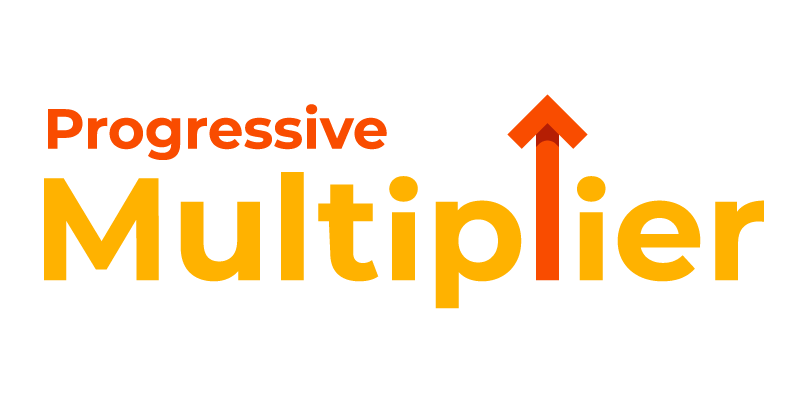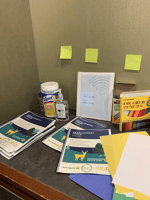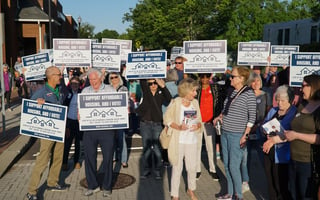This is the second in a series of blogs written by our staff ahead of our new growth strategy...
Revenue Generation Challenges Brought on by COVID-19
What is our new normal going to be? As I’ve talked to fundraisers across the nonprofit sector, from those working at small local organizations to some of the largest national groups in the country, this question is the common theme.
We can look to the Great Recession for some answers. We know that both individual and institutional giving will contract during and immediately after a recession. But recession modeling does not give us all the answers we need now. Nonprofit fundraisers are grappling with uncertainties we couldn’t have imagined just a few months ago and ones that go far beyond a donor or a foundation’s capacity to give.
Can virtual events be successful replacements for all the canceled galas, walks, rides and house parties? Will canvassing ever recover, or will people come out of this pandemic less likely to talk face-to-face with a stranger? What model can immediately help backfill canvassing for this year’s donor acquisition goals? Will the major political 501(c)(4) organizations expect to see donations in the second quarter of an election year materialize? Can our reserves survive the increased demand for our mission services while our revenue contracts with the recession?
To ensure that nonprofits can continue to serve their missions through this pandemic and through whatever new normal emerges, immediate philanthropic investment in nonprofit independent revenue generation is paramount. The moment is overwhelming. But it is one that fundraisers in the progressive movement believe their organizations must thrive through.
“Families have so much need right now, it feels like this is the moment Parents Together was built for,” said co-founder and co-director Justin Ruben.
Parents Together reaches more than 2.5 million parents via Facebook, SMS, email and web with news content they need to take care of their families and communities. And what they need is changing daily during the COVID-19 pandemic. Providing what their constituents need now — like information on applying for unemployment and other benefits — has Justin’s team stretched beyond its skillset and bandwidth.
To create space and resources for these critical new lines of work, nonprofits, like Parents Together, need flexible independent revenue to support the rapidly changing demands on their missions. With additional resources, Justin said he would prioritize getting additional bandwidth and skill sets on his team, as well as leaning into revenue generation opportunities that accompany the pandemic.
“This could be the moment we breakthrough to new donors and brand partners because we can show more clearly than ever the positive impact we’re having on families.”
The pandemic has primed a breakthrough moment for Faith in Action as well. This faith-based organizing group, which trains those most impacted by injustice to mobilize their communities and lead campaigns for community transformation, has traditionally been a “feet-on-the-pavement organizing group,” according to individual giving coordinator Kelly Boehms.
“We’ve been on a slow transition to become more digital in both organizing and fundraising. But in this moment, more people are connecting authentically online. The pandemic has pulled back the curtain on the injustice that our communities have known all along. This time of crisis calls for Faith in Action’s kind of mobilization — it’s a moment we need support to live into most effectively.”
Kelly, like Justin, believes that support must include an expansion of the team’s skill set and bandwidth. With just two associates who have focused on this kind of digital work, pivoting the entire organization online has been an unprecedented challenge for the team. As they rapidly accelerate building their new digital fundraising and organizing model, Kelly believes strongly that to weather the crisis, beyond small dollar digital donors, the organization needs “funders who are thought partners, not hand holders.”
“We have to evolve our fundraising in a way that makes sense for the long game, and that answer is not going to come overnight.”
Expanding digital fundraising and organizing in the wake of the pandemic is also a top priority for Karen Middleton, president of Cobalt (formerly NARAL Colorado).
“What will stabilize our 501(c)(4) revenue is small dollar donor fundraising, which will primarily happen online.”
Cobalt’s spring fundraising gala, like so many others, has been rescheduled for the fall. The COVID-19 pandemic is also robbing nonprofits of expected faith-based spring giving centering around Ramadan, Passover and Easter. This drastic change in seasonal revenue, coupled with an expected decline in 501(c)(4) major donor commitments coming in April and May, will make taking electoral strides in Cobalt’s battle for reproductive justice in November more difficult.
If funding is secured, Karen plans to immediately take steps to expand Cobalt’s digital fundraising and organizing program, using her current staff.
“We have to keep the people in the movement whole and give them the opportunity to do the work that is increasingly needed by the people we serve.”
Erin Bridges, fundraising director at Sunrise Movement, is looking to her online small dollar fundraising program to sustain the organization through this moment as well.
“In 2008, nonprofits our size lost about 30% of their revenue the year after the Great Recession hit,” Erin noted.
Her team at the youth-centered climate justice nonprofit is trying to quickly build out its monthly sustainer program, as well as determine how to leverage the new Sunrise School in its appeals to small dollar donors. Built over just weeks in response to the pandemic that forced face-to-face organizing online, Sunrise School is an online training community that is welcoming those young people confined at home to build the skills and knowledge they need to actively confront the climate crisis.
“My hope is that people see this crisis as the opening act, because we are and have been in an emergency that requires us to demand what we need. From government, from each other and from philanthropy.”






